Karak District
Trend Analysis
Demographics | 1998 | 2017 |
Area SqKms | 3372 | 3372 |
Population | 430796 | 706299 |
Population Density / SqKm | 127.8 | 209.4 |
Urban Population | 27893 | 56421 |
Rural Population | 402903 | 649878 |
Total Housing Units | 43170 | 731444 |
Housing Units having Electricity | 35054 | 60987 |
Housing Units Having Piped Water | 9332 | 14560 |
Housing Unit using Gas for cooking | 314 | 1431 |
Source: Pakistan Bureau of Statistics
Outline
Sustainable and pragmatic economic development of Karak District falls primarily on three sectors, namely Mineral Processing and Value Addition, Hydrocarbon Extraction and Oil & Gas support Industry. To back these sectors Karak District has minor potential in Agriculture.
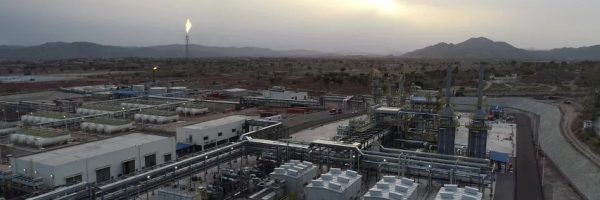
1. Mining Processing and Value Addition
Snapshot
Karak district holds immense reserves of Coal, Gypsum, Limestone, Rock salt, Shale Clay and Silica Sand. Gypsum and Limestone is already being extracted and taken to elsewhere in the province for construction purposes. There are huge reserves of Limestone in Karak district and according to an estimate the district holds 1 billion ton reserves which can be used in construction, chemical and manufacturing industries. From Rock Salt and Silica Sand in particular, a strong cluster of Edible Salt and Glass manufacturing can be setup in the region.

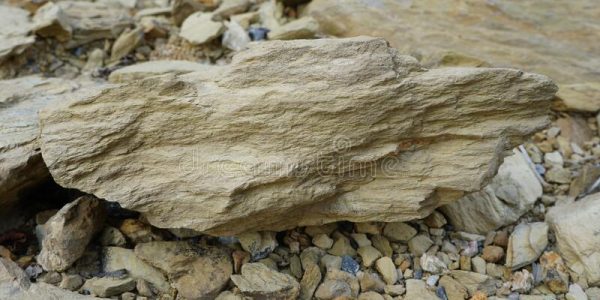
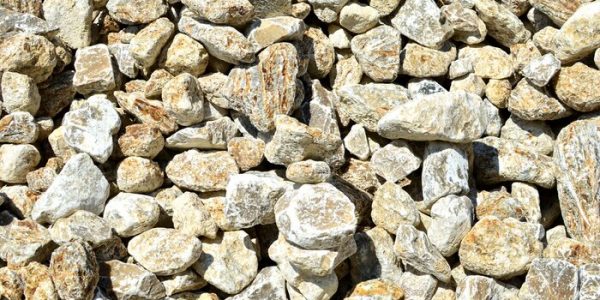
Strengths
- Immense reserves of industrial rocks.
- A hub of limestone extraction.
Opportunities
In order to overcome the above mentioned challenges faced by the industry, and make it more competitive for global market, following policy recommendations can be adopted:
- Establish a ’Mineral Processing and Value Addition Complex’, preferable in Karak Economic Zone and ensure provision of:
- Plots at reasonable rates and basic utilities, i.e. electricity, gas, insurance, security etc. for potential investors in construction sectors.
- A small scale power generation unit, (solar or coal based), for supplying uninterrupted electricity to the industrial units.
- A research institute for mineral extraction and processing.
- Technical Training Center designed for the technical and professional staff such as geologists, mining engineers and inspectors etc.
- Representative offices of KP Mineral Development Department.
- Freight Handling & Customs Centre.
- Simplification of legal procedures for licensing to increase transparency.
- Create Mining Environmental Unit to regulate and monitor the environmental issues of the mining sector in coordination with Environmental Protection Agency.
- A small electricity generation unit based on solar based or coal can also be setup in the area with the help of foreign investors.
- The office of KP Mineral Development Department should offer regular assistance to industry in general on modern mining techniques, equipment handling and environmental safety.
- KP Mineral Development Department needs to prepare an Investor’s Brief that clearly quantify / identify the potential of mining minerals in the area, and state the current level of investigation for the total amount of minerals available.
- To increase accessibility of local mine and industry owners to finance, KP Government can use following options:
- Establish a ‘Mineral Development Bank’ for financial and technical support of mining industry.
- Encourage all state owned and private banks to offer Islamic banking packages tailored according to the demands of the local owners.
2. Hydrocarbons Extraction
Snapshot
The district of Karak is estimated to have huge reserves of hydrocarbons including oil and gas. There are already some operational gas fields and oil fields in the area, with exploration and feasibility for more such fields being carried out. In Karak Block alone, the oil seepages are found in Jatta, Dharangi, Lakoni Algad, Kutal, Malla Khel and Mitha Khattak.

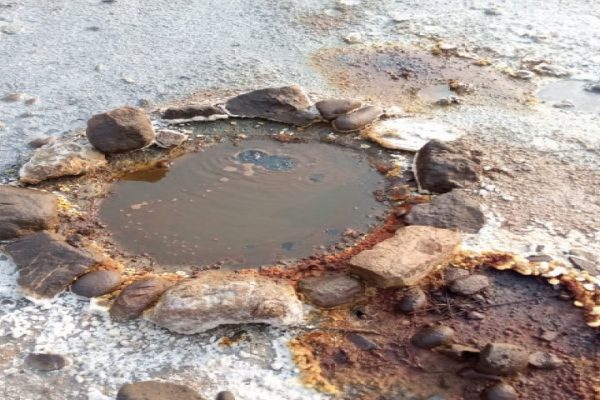
Strengths
- Reservoirs of Hydrocarbons.
Opportunities
For development of this sector KP Government can take the following route:
- The Government of the KP along with Geological survey of Pakistan and Geological department of University of Peshawar should conduct an intensive survey of the area and jot down the exact estimates of hydrocarbons in the region.
- Technical Assistance could be sought from US Geological Survey department and KPOGDCL.
- Financial assistance could be sought from International donors and World Bank.
- Investor brief should be prepared after the survey and hydrocarbon hotspots should be identified properly for the investors.
- Proper security arrangements be provided to foreign investors willing to drill in the area along with options for insurance.
- A special investment insurance program for Energy Sector can be launched for Investors, to woo foreign investors into bringing in their capital.
3. Oil and Gas Service Industry
Snapshot
As discussed above, the Karak District has huge estimated reserves of oil and gas. For facilitation of local and foreign firms willing to drill in the area, there is small service industry for support. If a proper service industry is established here, it would not only lower the cost of production for the firms but will also give employment opportunity to hundreds of locals.
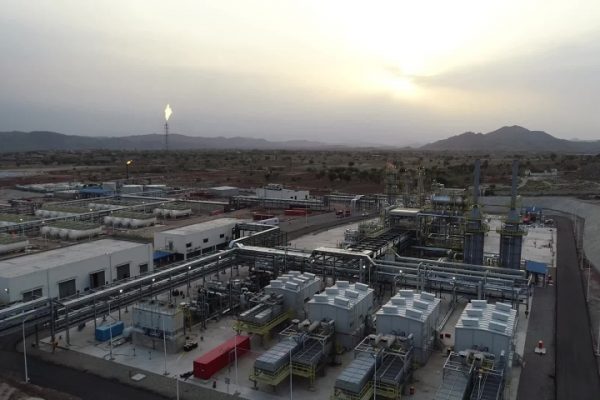

Strengths
- Huge estimated reserves of oil & gas.
Opportunities
A state of the art services industry needs to be established in Karak Economic Zone which offers following services:
- Drilling Services like Land Rigs and Jack Ups.
- Field Services like Seismic Testing, Transport Services, and Directional Services.
- An oil refinery – which supports the whole region.
4. Agriculture & Horticulture
Like the sector of horticulture, Karak District also carries a significant comparative advantage in production of cereal crops (wheat, maze, barley, ground nuts, pulses, gram etc.). The major crops of Kharif (monsoon) crops are maize, pearl millet (bajra), sorghum and ground nuts. While Rabi (spring) crops are wheat, chick peas, barley and mustard. Scarcity of drinking water in Karak is the major problem faced by the inhabitants of the area.
Therefore, the entire district lacks horticulture. Nevertheless, horticulture can be developed in an area having water resources for irrigation purposes. Karak is an arid region of Southwest KP and is famous for its Zizyphus trees (Ber) because of its unique feature of dry land. Honey production is widespread in Karak. The most important indigenous flora for honey production includes Zizyphus (Ber) and Phulai (Acacia). Ber honey is very popular due to its health benefits and fine quality it is exported to markets at provincial and national level.
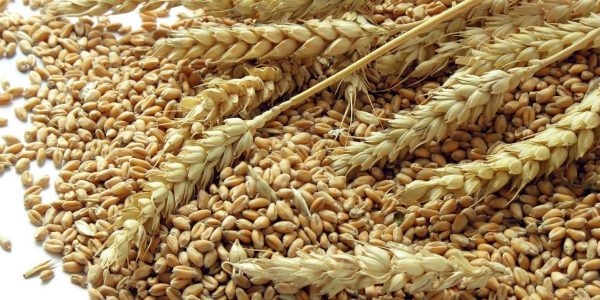

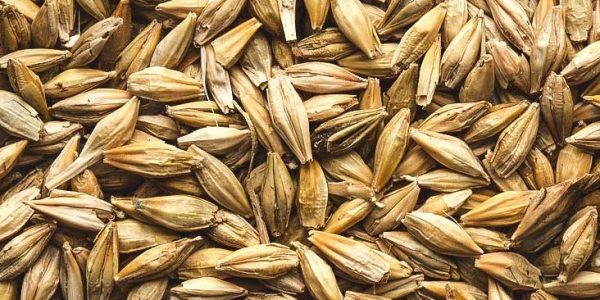
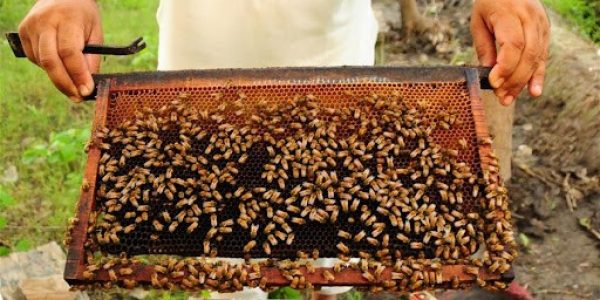
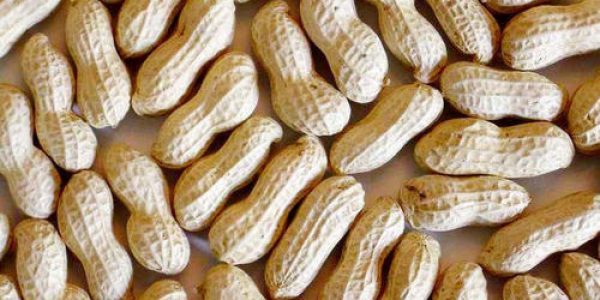
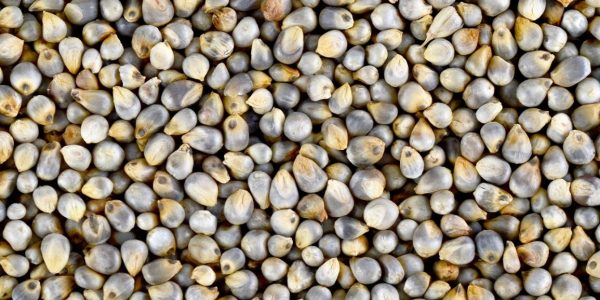
Strength
- The honey producing cluster of Karak presents investment opportunity due to its fine quality.
Opportunities
The Government of KP can act upon following recommendations to increase the efficiency of this sector:
- Given low education level of local farming community and their subsistence farming approach, it is advised that:
- Farmers should be encouraged by the Government to plant crops in which their given area holds comparative advantage. In this regard, a certain amount of financial cushion should be provided to farmer to help them in the transition phase –– in cases where farmers are not used to or not familiar with a high yielding agricultural product.
- Regular workshops and seminars should be conducted to educate farmers on modern farming techniques. Assistance from UNFAO (United Nations Food & Agriculture Organization) and other international donors could also be sought.
- Ministry of Commerce/TDAP should help provide the local farmers to have access of their products to the neighboring countries, i.e. Afghanistan, China and Central Asian States. As area is close to the newly developed CPEC road infrastructure, it would be a very feasible initiative.
- To make credit easily accessible to local farmers following actions can be taken;
- Encourage commercial banks to offer credits to the farmers. Khyber Bank and ZTBL(Zarai Taraqiati Bank Ltd) can play a key role.
- Educate the farmers how easy credit schemes could help them in getting accessories and expanding their output.
- China could be offered to buy some of the land for farming, given the expected shortage it would face in future for cereal products. It has already bought some land in Africa and Russia for this purpose. Given the proximity of Karak with CPEC route, it would be much feasible for China to invest here.
- Introduction of improved bee farming techniques with assistance from international donor agencies. Exposure visits may also help bee farming community.
- Improved and hygienic packaging, storage facilities based on international standards for honey producers.
- Facilitation of necessary third party certification for exports.
- Development of direct linkages of bee farmers with national level exporters.
- Institutional partnership between Agriculture Department, Small & Medium Enterprise Development Authority (SMEDA), Aik Hunar Aik Nagar (AHAN) and Pakistan Agriculture Research Council (PARC) for uplifting of the sector.
5. Conclusion
Karak district presents certain opportunities for the investors and if they are facilitated by providing suitable environment and necessary infrastructure in hydro carbon extraction and production, the investors can focus on introducing modern techniques and technology in oil and gas sector, addressing gaps in value chain of mining and agriculture/horticulture sector by improving their efficiency and productivity.
